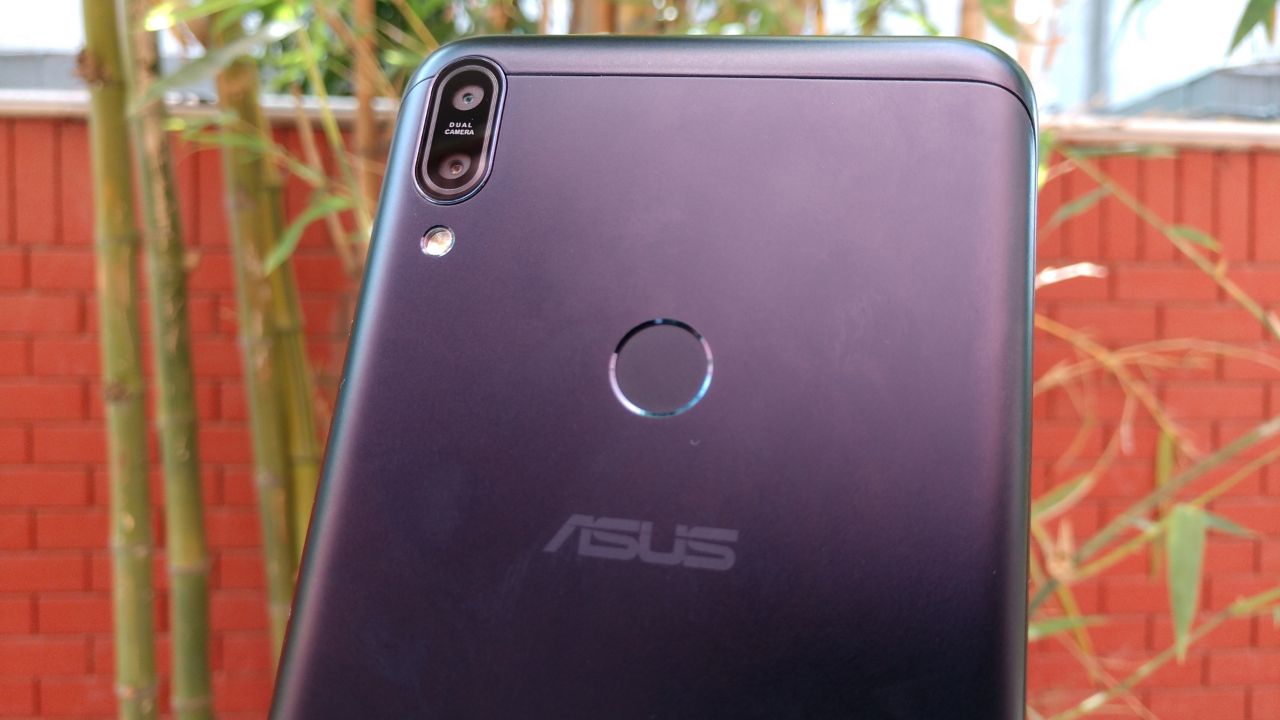Asus has just launched the Zenfone Max Pro in India that comes with Qualcomm’s latest 600-series processor and will sell in India exclusively through Flipkart, a week after the India e-tailer announced their partnership with the Taiwanese company. With today’s release Asus will be looking to directly compete against its Chinese counterpart Xiaomi in the mid-range business as the Zenfone Max Pro lines up rightly against the Redmi Note 5 Pro.
The Zenfone Max Pro and Redmi Note 5 Pro are the only two devices being powered by Qualcomm’s Snapdragon 636 processor which is the most power efficient Chipset in the mid-range segment. With so many similarities going on for both the devices, let’s have a look at the aspects where these smartphones can be differentiated when placed next to one another.
Design:
Xiaomi’s Redmi Note 5 Pro is quite different in terms of its design to its predecessor. The device was the first among the company’s devices to employ a taller display which looks more refined than any Xiaomi phone in the past few years. The metallic sheet at the back is smooth and curves along the edges of the phone followed by a Corning Gorilla Glass on the front for the display, though the device isn’t perfectly made of unibody aluminium. The only eye-sore could be the fact that three out of the four colour options available, comes with the white coloured front panel, which defeats the purpose of a bezel-less display as one can clearly see the size bezels even if the phone if off and looks odd for the most part. There’s also a camera bump at the back, meaning placing the phone on its back will leave the camera glass exposed to scratches, not to forget the awkward inclination at which the phone will rest on a flat surface.

Asus has made sure it does everything the Xiaomi device does in its Zenfone Max Pro and more. The phone feels a lot like you’re holding a Redmi Note 5 Pro, all the way from the taller form factor to the fingerprint scanner that’s placed exactly at the same place at the back. The only thing to note is that there is no camera bump on the back of the Zenfone Max Pro, which Asus will surely win one over. Even on the front, the Zenfone device’s black colour looks better as compared to the white visible ones on the Note 5 Pro. The presence of black does give it a premium look than its mid-range counterpart.
Winner: Asus Zenfone Max Pro
Display:
The more recent Zenfone Max Pro features a narrower 5.99-inch FHD+ display with a Resolution of 2160 x 1080 pixels. The display is well lit with a brightness of 450 nits and a contrast ratio of 1500:1, scoring 85 percent on the NTSC colour gamut. With a thinner lip at the bottom and only some space left on top for the camera and the earpiece, the display on the Zenfone Max Pro is as immersive as any high-end phones present in the market with a screen-to-body ratio of 83 percent.
Coming to the display of the Redmi Note 5 Pro, there is a similar 5.99-inch IPS LCD screen on the front with a resolution of 1080 x 2160 pixels and 18:9 aspect ratio. Also to note is that the display on the Note 5 Pro has a significant chin on the bottom and top and thus has a screen-to-body ratio of 77.4 percent, which is relatively lower than the newly launched Asus phone.
Winner: Zenfone Max Pro
Hardware:
When Xiaomi introduced the Redmi Note 5 Pro, the device was the first to be powered by Qualcomm’s latest Snapdragon 636 processor which is powerful as well as power efficient due to the inclusion of a semi-custom Kyro 260 CPU. At its launch, the device was available for a configuration of up to 6GB RAM and 64GB onboard storage with an Adreno 509 as its graphics unit.
The highlight reel of Zenfone Max Pro is the same Snapdragon 636 chipset which comes coupled with the same Adreno 509 GPU. Further specifications include up to 64GB of internal storage and 6GB of RAM on the most expensive variant, which is exactly the same specification as the one found on the Xiaomi device. There is an additional slot for a microSD card which wouldn’t need you to sacrifice on a SIM slot, like in many hybrid SIM slots on smartphones lately.
In terms of connectivity, both the phones come with a Micro USB port for charging and data transfer with additional connectivities like WiFi, Bluetooth, and GPS.
Winner: Both.
Software:
The Zenfone Max Pro comes with ‘pure’ Android Oreo which was teased last week with minimum bloatware and a near to stock experience. If not for the Google Search bar at the top, the interface e would look just like the one of the Google Pixel 2. The lack of a heavy skin would thus make the device more easy and smooth for daily use.
Redmi Note 5 Pro, on the other hand, runs the not-so-latest Android 7.1.2 Nougat which is already two years old. If that wasn’t an eyesore, the device runs on a heavily skinned custom interface which is the MIUI 9 that might not give the same user-friendly experience like that on a phone running stock Android.
Winner: Zenfone Max Pro, clearly!
Camera:
The dual camera setup on the Redmi Note 5 Pro is a 12-megapixel (f/2.2, 1.25µm) + 5-megapixel (f/2.0, 1.12µm) that comes with phase detection Autofocus and an LED flash, all vertically aligned. On the front, there’s a powerful 20-megapixel snapper with a flash as well which can also record videos at 1080p. The images are well lit, crisp and yet beautifully smooth. Xiaomi has done really well in terms of the post-image processing on the device and even the quality of images in low-lit conditions was commendable. Portrait mode works well and the EDGE detection has been impressive, no matter what the subject is.

In terms of imaging, the Zenfone Max Pro employs a 13-megapixel (f/2.2) camera with OmniVision sensor that allows for PDAF, which is coupled with a secondary camera which is a depth-sensing 5MP camera for bringing focus to subjects. The camera on the front is an 8-megapixel sensor that can click pictures with a view angle of 85.5 degrees. For the short time that we spent on the camera, we did get an impressive bunch of pictures in the well-lit environment though a lot still needs to be tested.
Winner: Redmi Note 5 Pro, if selfies are important.
Battery:
The battery on the Xiaomi phone is a 4,000mAh battery which compared with Fast charging will provide users with at least one and half days of charge on moderate use, that would also owe some credits to the power efficient SND 636 chipset. Though the same chipset powers the Zenfone Max Pro, the mere presence of an additional 1,000mAh battery on the Asus phone would make it last more.
Winner: Asus Zenfone Max Pro.
Verdict:
Asus might just have launched the Zenfone Max Pro but by the looks of it, the Taiwanese giant seems like it has done every right where Xiaomi’s Note 5 Pro couldn’t. The hardware is exactly the same on papers, there’s a bigger 5,000mAh battery, the design factor is better due to the absence of an oddly looking camera bump and the display is clearly more minimalistic on bezels.
As for the Redmi Note 5 Pro, the only ‘Pro’ for users considering to buy it will be the front facing 20MP camera which might be a game changer if upping the selfie game was one’s priority.
For everything else or even more, Asus seems to have found the right means to disrupt Xiaomi’s market hold as it launches the Zenfone Max Pro. Their mid-range flagship is also way cheaper than its competition with the 6GB variant of the Zenfone Max Pro available for an asking price of Rs 14,999. That’s as much as Rs 2,000 lesser than what you might be paying for the most expensive version of the Redmi Note 5 Pro, not to forget the infuriating time you’d to sit in order to place an order during its flash sale. Asus is surely checking all the right boxes here.


